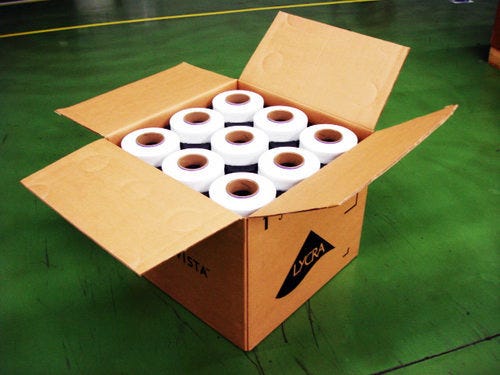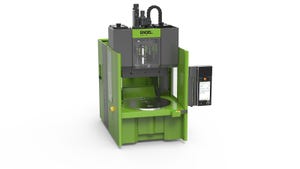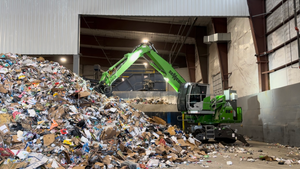Invista stretches into sustainable spandex
For most of us, spandex is the stuff that makes us look a lot better than we actually do. It's a magical fiber that manages to shore up sagging body parts, suppress unsightly bulges and smooth out fat rolls. Spandex lets garments retain their shape longer, washes well and dries fast, which makes it ideal for sports wear. And it has revolutionized jeans, making skin-tight styles a wearable option - even when bending and sitting.
June 4, 2014
For most of us, spandex is the stuff that makes us look a lot better than we actually do. It's a magical fiber that manages to shore up sagging body parts, suppress unsightly bulges and smooth out fat rolls. Spandex lets garments retain their shape longer, washes well and dries fast, which makes it ideal for sports wear. And it has revolutionized jeans, making skin-tight styles a wearable option - even when bending and sitting.
And now a new, bio-derived version has been developed that works the same wizardry but offers a much improved carbon footprint, compared to the original formulation, says Invista, the company behind the development of the new bio-fiber.
Spandex - an anagram of 'expands' - is a polyurethane-polyurea copolymer that was invented in 1959 by chemists C. L. Sandquist and Joseph Shivers at DuPont's Benger Laboratory in Waynesboro, Virginia, originally as a replacement for rubber. The polymer is converted into strands using a dry spinning technique, after which these strands are bundled together to form a fiber. After finishing the fiber is transferred onto spools, and is ready for use.
 Invista is one of the world's largest integrated producers of polymers and fibers, and owner of the Lycra brand of spandex. Formerly called DuPont Textiles and Interiors, the company, which is currently owned by Koch Industries, is introducing the only commercial offering of a bio-derived spandex available globally. Approximately 70 percent by weight of the new Lycra bio-derived spandex fiber, which is designed use in a wide variety of apparel fabrics and garments, comes from a renewable source made from dextrose derived from corn. The use of a renewable feedstock in the making of the new Lycra bio-derived fiber results in a lower CO2 emissions footprint than spandex produced using traditional raw materials.
Invista is one of the world's largest integrated producers of polymers and fibers, and owner of the Lycra brand of spandex. Formerly called DuPont Textiles and Interiors, the company, which is currently owned by Koch Industries, is introducing the only commercial offering of a bio-derived spandex available globally. Approximately 70 percent by weight of the new Lycra bio-derived spandex fiber, which is designed use in a wide variety of apparel fabrics and garments, comes from a renewable source made from dextrose derived from corn. The use of a renewable feedstock in the making of the new Lycra bio-derived fiber results in a lower CO2 emissions footprint than spandex produced using traditional raw materials.
This new Lycra will provide retailers and manufacturers of stretch fabrics with a spandex fiber option that can impact the overall lifecycle analysis of the fabric and garment. Invista has emphasized that the new fiber is made to the company's same high standards and specifications, and hence does not anticipate any need to re-engineer fabrics and finishing processes, or garment patterns.
The development of the bio-derived Lycra fiber underscores Invista Apparel's commitment to innovation. As Arnaud Tandonnet, Invista Apparel global sustainability director, commented: "We are very aware that sustainability topics are becoming increasingly important in the textile and apparel value chain, with growing awareness and building education on the subject at the consumer, brand/retail and mill level."
Invista has reportedly successfully produced the new bio-derived fiber at its research facilities and evaluated it in fabric applications. The production of commercial quantities is planned for the autumn/winter 2015 and spring/summer 2016 collections.
About the Author(s)
You May Also Like


